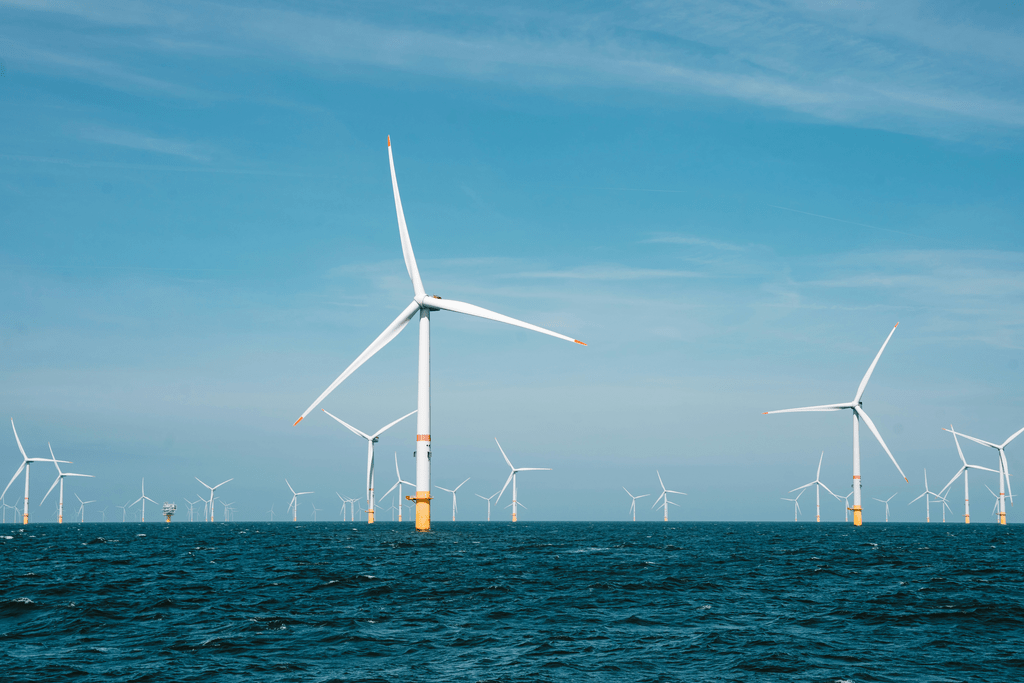Strategy

Arup developed and managed a new Strategic Investment Model (SIM) for Scotland’s future offshore wind projects to help aid the Scottish Government’s ambitious target to triple the country’s offshore wind capacity by 2030.
In 2020, the Scottish Government set an ambitious target to triple the country’s offshore wind capacity by 2030. To achieve this within the tight deadline, the Scottish Offshore Wind Energy Council (SOWEC), a partnership between the public sector and the industry, asked Arup to develop and manage a new Strategic Investment Model (SIM) for Scotland’s future offshore wind projects.
The SIM involved a collaborative effort with wind developers, the supply chain and the public sector to discuss their plans, capabilities and challenges. Arup facilitated face-to-face workshops, enabling developers and the supply chain to jointly identify essential investments and build a stronger business case. Arup’s commercial and technical services teams helped develop the prospectuses, setting out the information so that developers and investors could grasp key points quickly and easily.
The UK urgently needs to generate more electricity from renewables to meet its climate commitments. Leveraging Scotland’s enormous potential for offshore wind is key, and the Scottish Government is targeting 11GW of additional capacity by 2030. Achieving this requires significant investment in upgrading port infrastructure and developing local supply chains.
The SIM needed to improve investor confidence and enable developers to deliver offshore wind projects. It also needed to seize wider opportunities: good-quality jobs, socially responsible sourcing, and environmental sustainability. With billions of pounds of investment at stake, it was vital to get the strategy right. Arup began by engaging with the offshore wind developers to explore their needs and objectives for the SIM. Simultaneously, they asked port operators, supply chain organisations, and companies looking to locate in Scotland to put forward investment proposals. Ports need to develop spaces where turbines, platforms, and towers can be manufactured, assembled, and stored. The supply chain identified obstacles such as skills gaps and logistics issues. Altogether, 44 potential investment projects were put forward.
The SIM process has already increased investor confidence, and the 38 projects thathave been taken to the next stage are projected to result in over £6.5bn of investment into ports and the supply chain. This investment could attract multiple original equipment manufacturers and suppliers to Scotland, helping to build a more prosperous, sustainable green economy and progress towards the UK’s net zero targets. The SIM programme has been adopted by Scottish enterprise agencies, ensuring ongoing collaboration and investment in Scotland’s offshore wind industry.
Developing and managing the SIM has been a rewarding experience for Arup. This includes winning the Industry Challenger Award at the Scottish Green Energy Awards 2024, with judges recognising the impact that the SIM has in shaping the future of offshore wind in Scotland. The SIM has also influenced the UK Government’s Clean Industry Bonus, providing additional funding for offshore wind projects through renewable energy auctions.
View the Arup profile in the MCA Members Directory.

